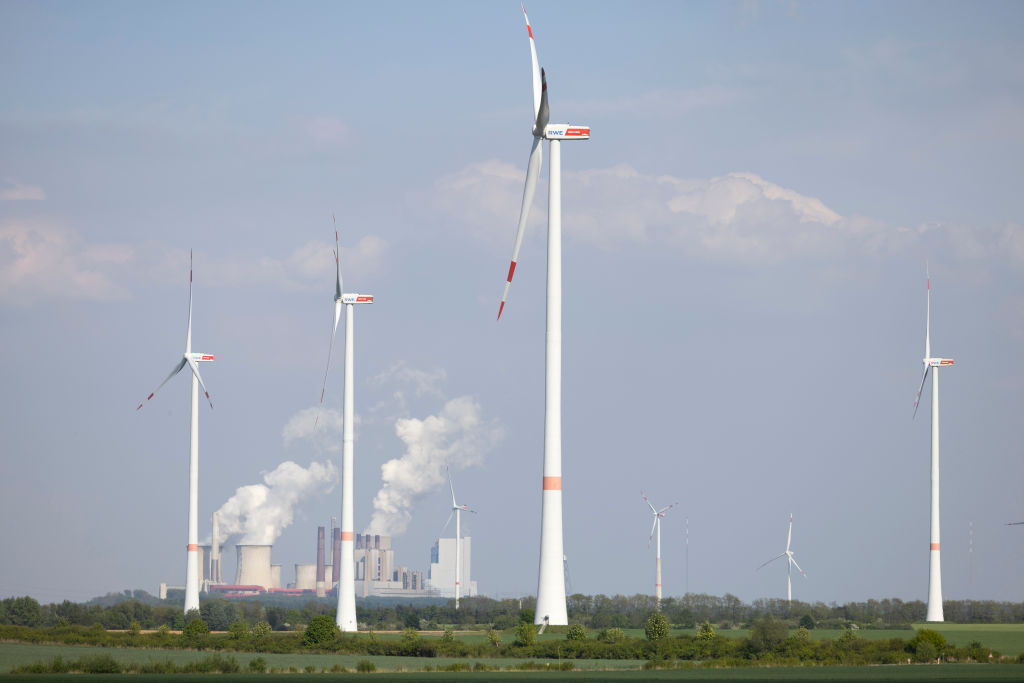Renewables haven’t pushed prices down because we haven’t learned to use them

WIND and solar technologies promised us “power from thin air”: zero marginal cost generation to lower energy bills and carbon emissions in step. Yet today, as renewable records continue to roll in, they seem to have done little to assuage rocketing power prices.
It’s not that renewables were a bad bet. In fact, they remain the only bet to decarbonise all UK electricity by 2035. The problem is we are not using renewables properly. We are forcing them into a market infrastructure designed for centralised gas and coal, one that still pays supply to match demand at a national level. In other words, we pay wind and solar sites not to generate when it is “too” windy or sunny against local consumption needs.
We should have local markets incentivise consumers and storage to use the right electrons in the right place at the right time.
October 2021 saw nearly £14m in costs paid to wind farms to reduce generation when their capacity to produce power exceeded the grid’s capacity to transmit it to consumers. On the other side of that bottleneck, £144m was paid to gas generators, typically to increase generation to meet demand where and when it’s needed. All these costs are paid by our energy bills.
These bottlenecks don’t only increase energy costs, they also slow the build-out of new renewables. Developers face record queues of up to a decade to be connected in grid-constrained zones (meaning sunny or windy places). This current system wastes existing renewables; creates barriers for new renewables and costs bill-payers millions.
Simply investing more and more to build the network capacity to handle any amount of generation is not the solution. This would be akin to building out roads and motorways to prevent a single traffic jam. It is astronomically expensive and materially wasteful. What we need is precision.
We need to transform excess generation from a national problem into a local opportunity. We need to create incentives for excess generation to be consumed or stored locally. This means flexible local consumers – think batteries, electric vehicles, heating and cooling systems – get access to cheaper, cleaner power. This also benefits non-flexible consumers, reducing balancing costs and competition for electrons in other time periods.
Local opportunities to buy cheap, excess energy will increase the adoption of flexible uses where they are most needed. New energy-intensive industries, such as vertical farming, will have their unit economics transformed by a ready source of cheap, clean power. The additional flexible demand that these industries engender will, in turn, fund more renewable development.
The wheels of change are starting to turn. For example, Electron created a local energy marketplace in the Orkney Islands to enable curtailed wind farms to pay local households to use their excess power, and we have a new project in the North of England to enable renewable generators to avoid curtailment losses.
Other flexibility markets are in the works in Oxford and Cornwall too. However, local trading opportunities remain few and far between.
It is time to move away from our “top-down” approach to energy markets and encourage a kind of devolution within the industry. This will maximise the value of renewables today, and free-up capacity in electricity networks for a faster, cleaner energy future.
